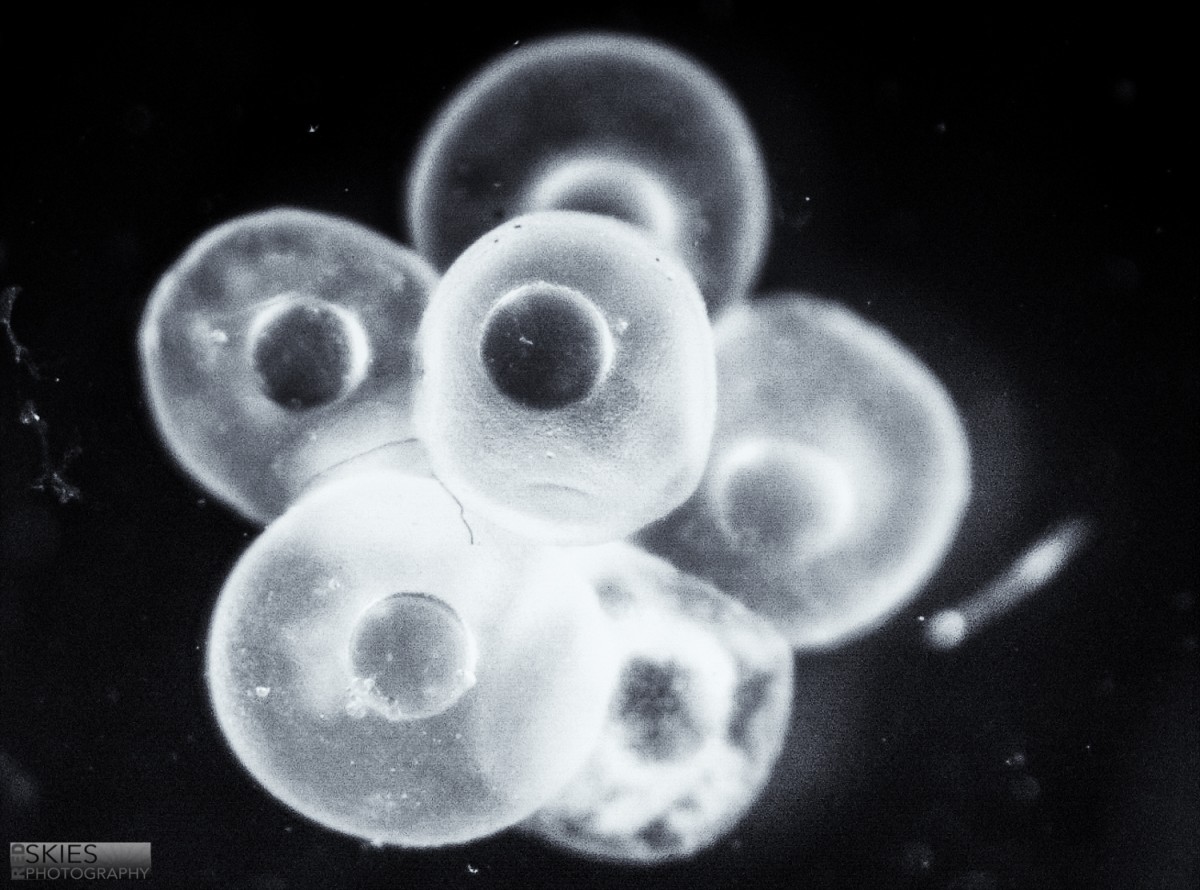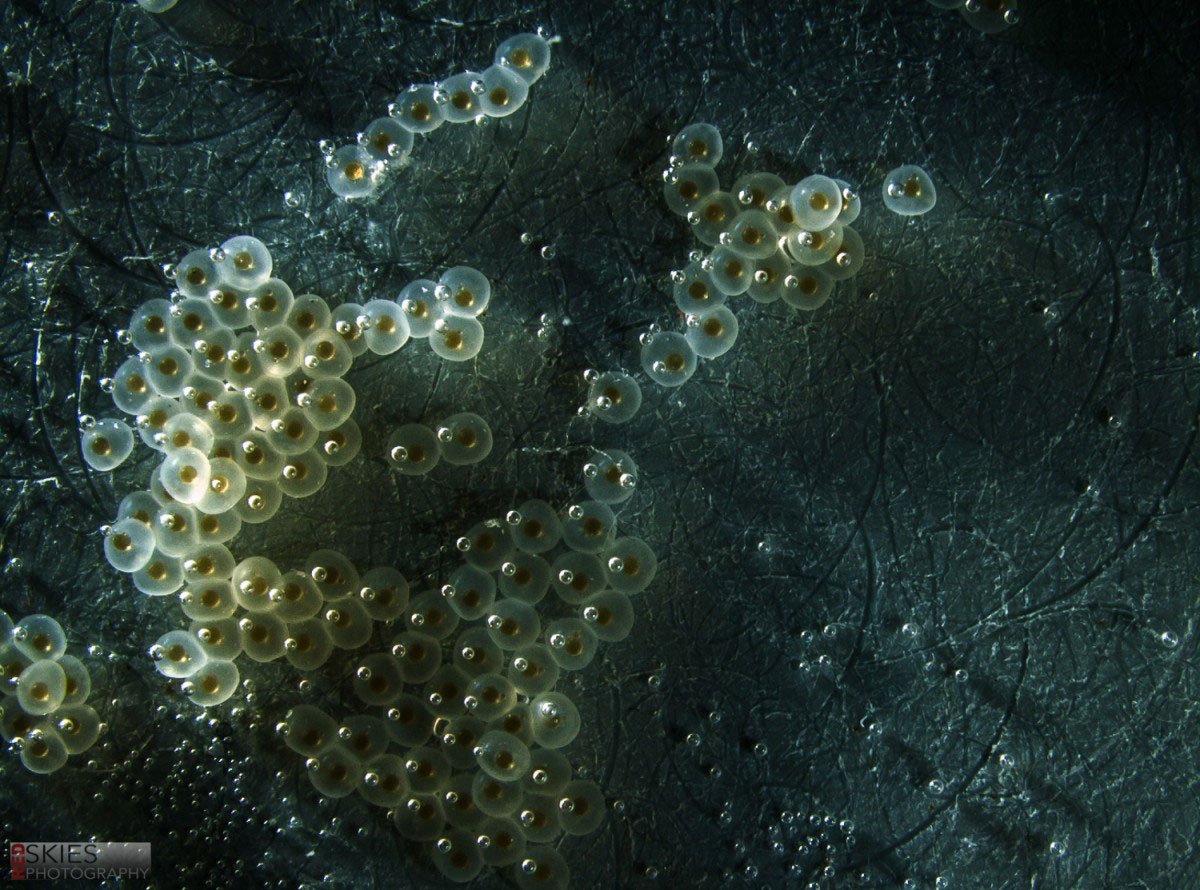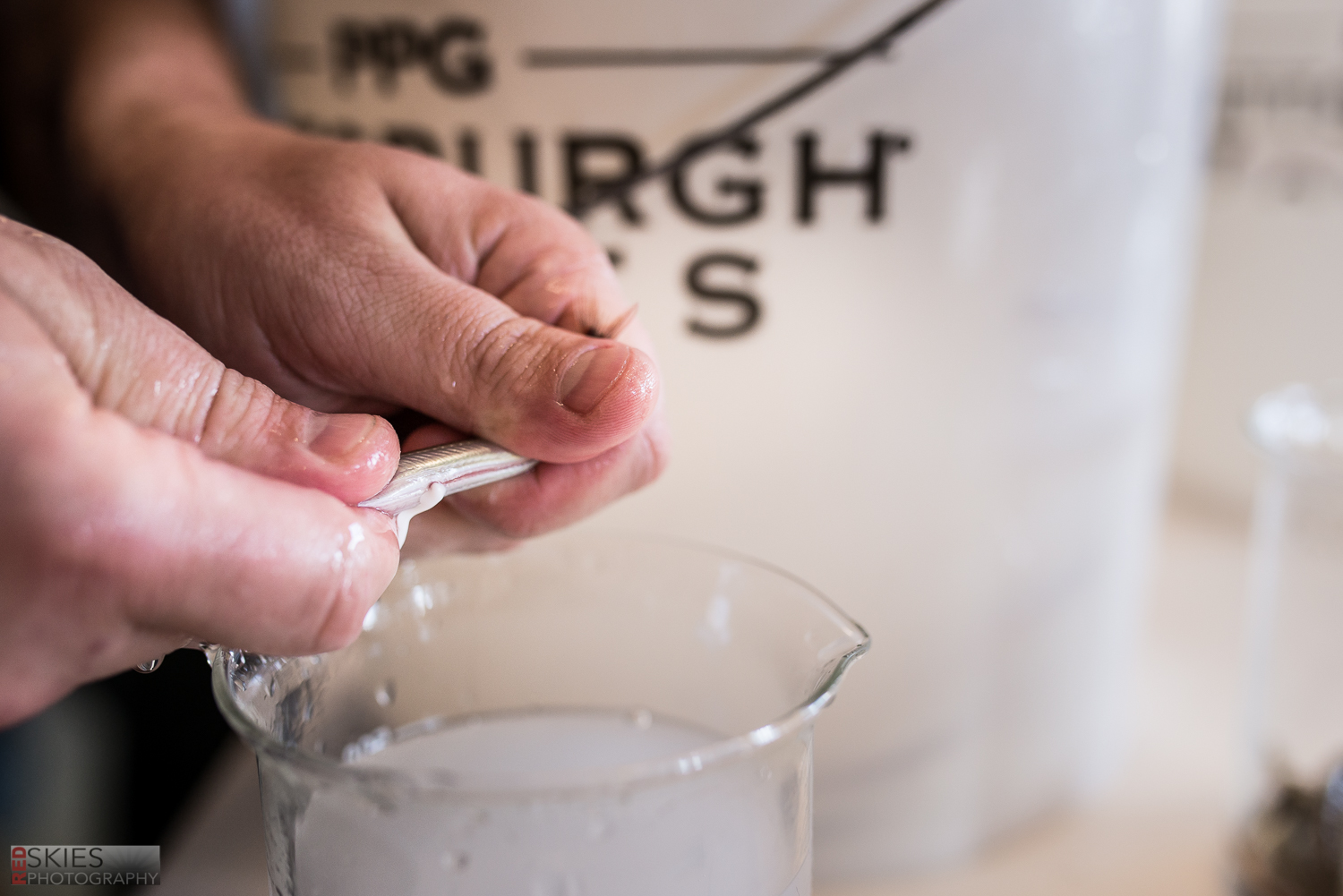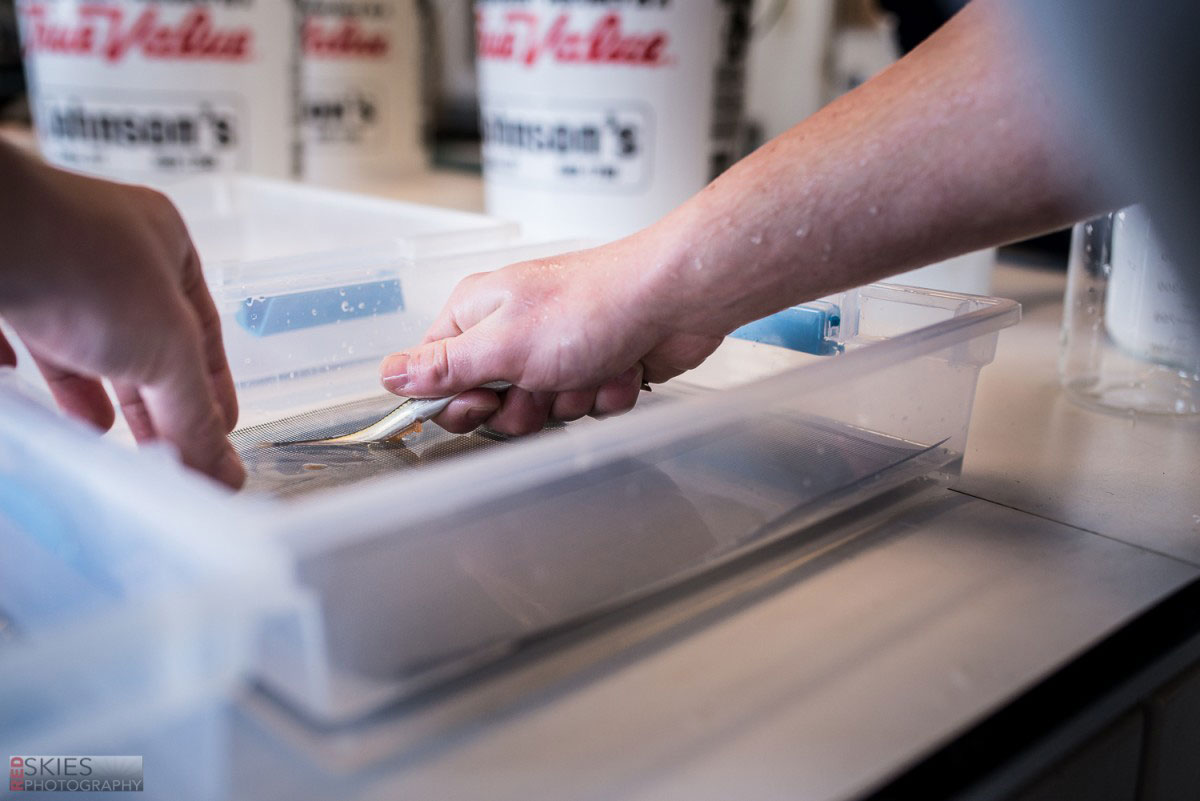Roughly once a month, somebody from our lab has to hop on a small institute boat and drive the 20 min over to our local field site, Mumford Cove, to exchange the sensors on our monitoring buoy. Depending on water temperature, the Eureka Probes recording temperature, salinity, pH, and oxygen in 30 min intervals are getting exchanged with another newly calibrated one with a fresh set of batteries.
As usual, Jake’s seeing this a great occasion to bring his GoPro along and have a new underwater look at the cove. What’s interesting, the dense seagrass meadows that cover the Cove’s bottom have become spotty this time of the year, and there’s much more sand visible.
Month: December 2015
[Funding] New NSF OCE grant: 3 more exciting years of work!
We are happy to announce the continued support of the National Science Foundation, Division of Biological Oceanography, which just started to fund our project about multi-stressor effects on the early life stages of fish. This is collaborative work with Prof. Janet Nye’s lab at Stony Brook University, NY, which will strengthen ties between UConn and Stony Brook Marine Sciences. The work has already started and we’re looking forward to new discoveries!
Baumann, H. and Nye, J. 2015. Collaborative research: Understanding the effects of acidification and hypoxia within and across generations in a coastal marine fish. NSF Project# 1536336 (3 years)
Learn more by accessing the NSF-OCE non-technical proposal abstract
[Lab news] Sand lance spawning
Thumbs up, and fingers crossed for the next steps!



